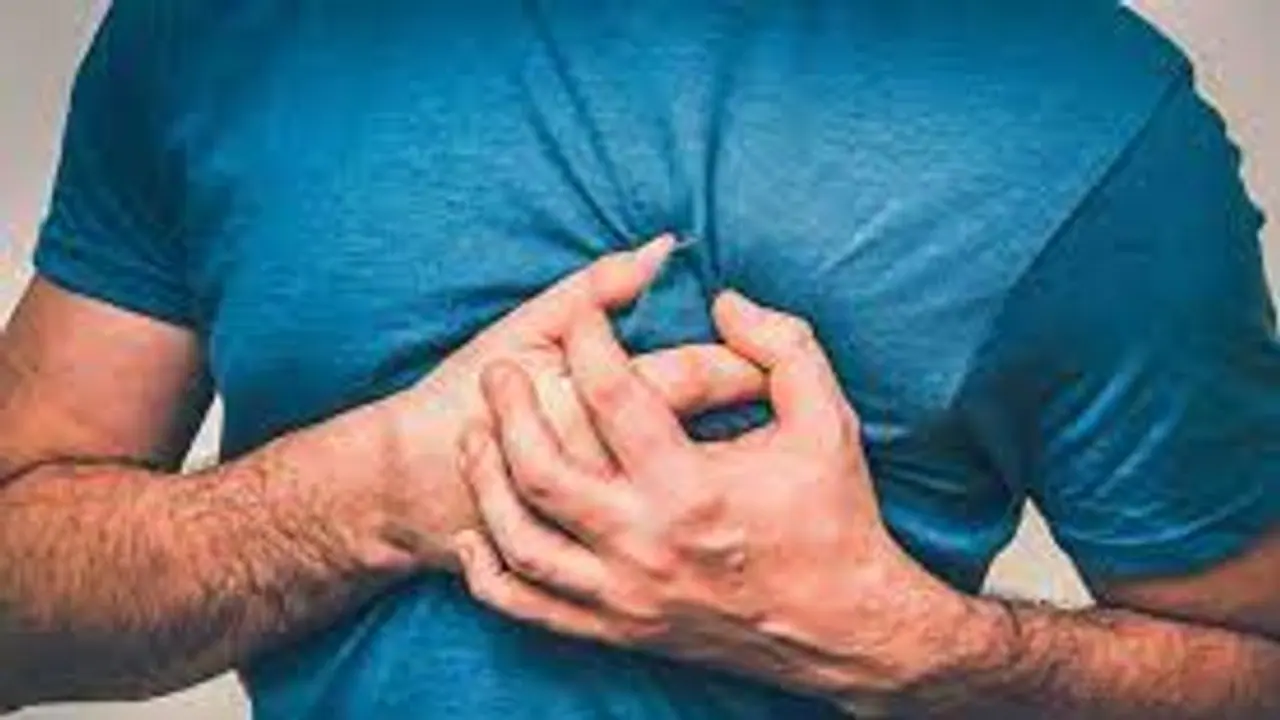We spoke to Dr Maneesh Rai, Cardiac Electrophysiologist, KMC Hospital, Dr B R Ambedkar Circle, Mangalore, who told us how to prevent a sudden cardiac arrest (SCA)

Sudden Cardiac Arrest (SCA) is the most unfortunate complication of a heart attack where a normally beating heart comes to a complete standstill in seconds to a few minutes. Thankfully it is a very rare complication of a heart attack and occurs in less than 5% of all heart attacks. It is also important to realise that SCA can occur even in the absence of a heart attack.
The survival chances of an unfortunate SCA are less than 10% even in most of the developed world. Restarting the “stopped” heart within a minute will result in a 90% chance of survival. The chance of survival reduces by 10% with every minute of delay, with very little chance of survival if the heart restarts after 10 minutes.
Also Read: Want a natural glow? Apply these 5 things after taking face steam
How to recognise a cardiac arrest, and what should be done immediately?
It is likely cardiac arrest when a person suddenly collapses to the ground AND shows no signs of LIFE. The key here is to recognise the absence of signs of life no response to verbal commands, not even a slight movement to pinch or pain and no signs of breathing. Anyone witnessing an SCA should quickly recognise the absence of signs of life in a suspected cardiac arrest victim (ideally in less than 30 secs) and immediately initiate CPR or Cardio-Pulmonary resuscitation.
CPR, also called external cardiac massage, substitutes the work of the heart until an AED or a para medic can deliver defibrillation to restart the heart. Timely CPR by a bystander is the only hope for an SCA victim. We as a community, must be trained in CPR. It is a life-saving skill which anyone can learn, including children.
Early recognition, CPR and timely defibrillation is the key to increasing survival in SCA. The key thing to understand is that in an SCA, the person likely to save the life is the bystander, not the doctor! How we as a community respond to SCA will determine the survival chances. Hence CPR training for all should be the norm.
How to prevent asudden cardiac arrest (SCA)
While the overall risk of developing an SCA is shallow in the general population, certain subsets of people may be at a higher risk. These include- persons with weak hearts or reduced pumping either because of a prior heart attack or otherwise, persons who have been diagnosed with life-threatening Ventricular arrhythmias (a condition where the heart rate goes alarmingly fast in speeds upwards of 200 beats/min), survivors of cardiac arrest and persons with a strong family history of sudden cardiac arrest. It is important to understand that many of these non-heart attack causes of SCA are genetic and potentially affect other family members in the future. Hence screening of family members of SCA victims is extremely vital.
Also Read: National honey month: Here are 7 benefits of pampering your skin with honey
An expert should screen such Individuals to evaluate the risk of a future SCA. If the risk is found to be high, many times, a defibrillator is implanted in the body. A defibrillator is a pacemaker-like device that, once implanted, will monitor the heartbeat for the next 7-9 years, which is the typical life of a defibrillator battery. In the event of any dangerously rapid rhythm, the defibrillator will recognise, deliver a shock and save a life.
